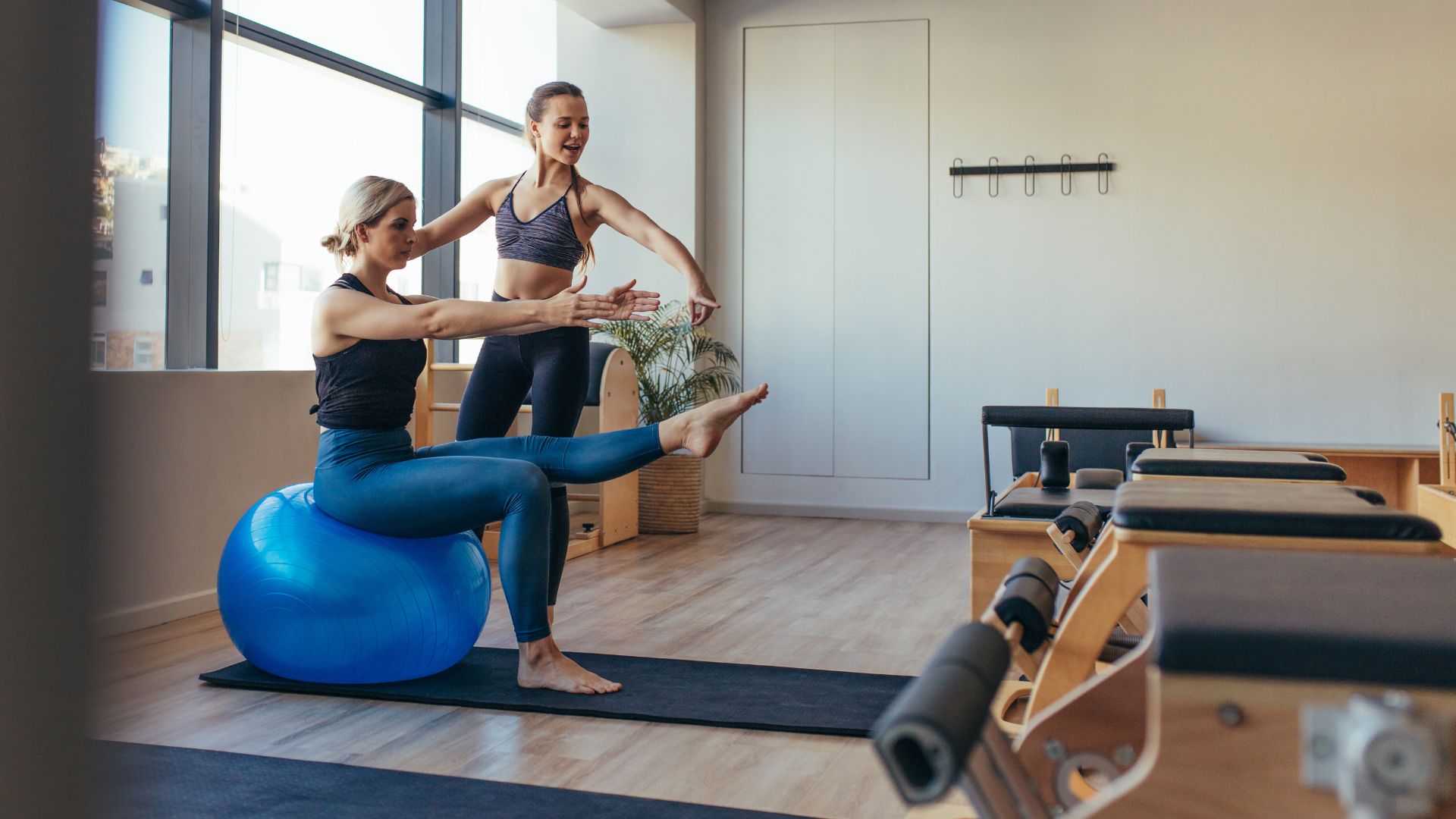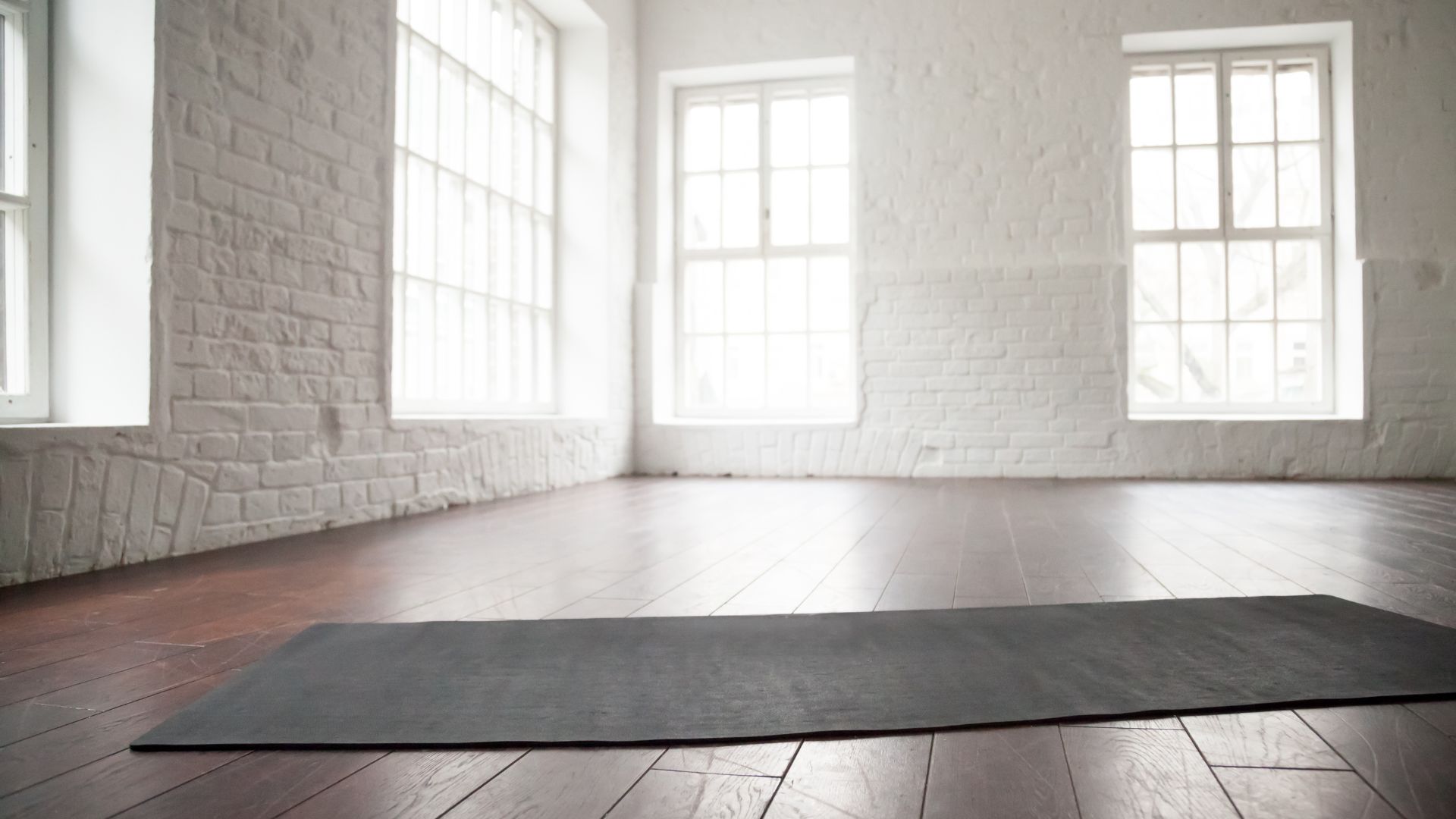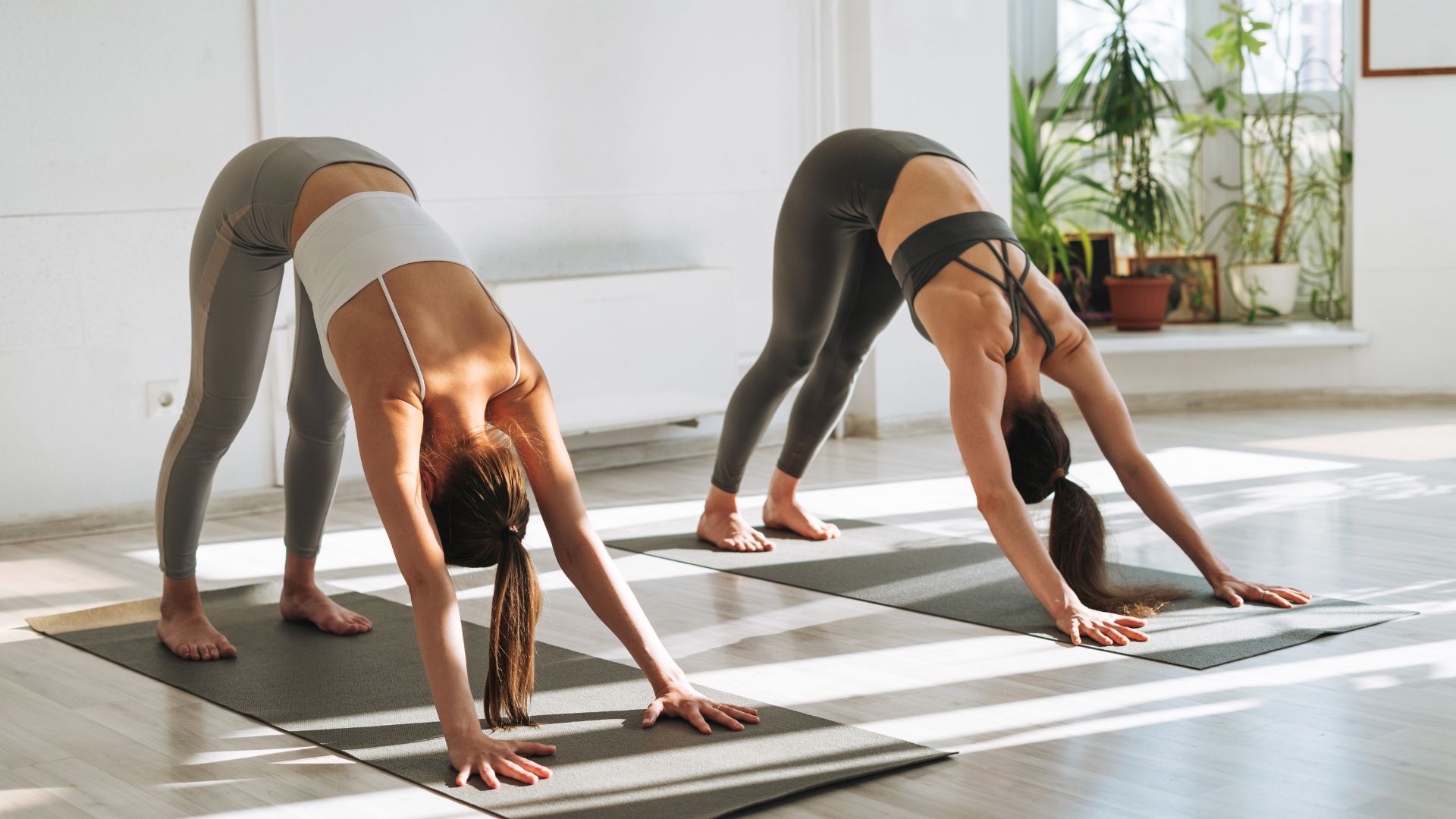Designing a Harmonious Space for a Pilates Studio

Creating a harmonious space for a Pilates studio involves careful consideration of both functionality and aesthetics. The right design can enhance the experience for clients, promoting focus, relaxation, and a sense of well-being. Here’s a guide to designing a Pilates studio that is both inviting and effective.
1. Define Your Studio’s Vision and Goals
Before starting the design process, clarify the vision for your studio:
Target Audience:
Identify who your primary clients will be. Are they beginners, advanced practitioners, or a mix of both?
Studio Identity:
Establish a clear brand identity that reflects your studio’s philosophy and approach to Pilates.
2. Plan an Efficient Layout
A well-thought-out layout is crucial for a Pilates studio:
Space Allocation:
Ensure there is ample space for different activities, such as mat work, equipment classes, and private sessions.
Traffic Flow:
Design clear pathways to allow easy movement between areas, avoiding clutter and congestion.

3. Choose a Calming Color Palette
Color choices can significantly impact the atmosphere:
Soothing Tones:
Opt for soft, neutral colors like light blues, greens, and warm neutrals to create a serene environment.
Accent Colors:
Use subtle accent colors to add interest without overwhelming the space.
4. Optimize Natural Light and Ventilation
Natural light and good air quality enhance the overall ambiance:
Windows:
Maximize the use of windows to bring in natural light, creating a bright and uplifting space.
Air Circulation:
Ensure proper ventilation to maintain fresh air, which is essential for a healthy workout environment.

5. Invest in Quality Flooring
Flooring is a key component in a Pilates studio:
Comfort and Safety:
Choose flooring that provides both comfort and safety, such as rubber or cork flooring, which offers cushioning and reduces the risk of injury.
Easy Maintenance:
Select materials that are easy to clean and maintain, ensuring the studio remains hygienic.
6. Incorporate Mirrors Strategically
Mirrors play an important role in a Pilates studio:
Form and Technique:
Install large mirrors on one or more walls to allow clients to monitor their form and technique during exercises.
Space Enhancement:
Mirrors can also create an illusion of a larger space, making the studio feel more open and airy.
7. Provide Ample Storage Solutions
Efficient storage is essential for keeping the studio organized:
Equipment Storage:
Include built-in storage solutions for mats, props, and other equipment, ensuring they are easily accessible yet neatly stored.
Personal Belongings:
Provide lockers or cubbies for clients to store their personal belongings during their sessions.
8. Focus on Acoustics
Sound quality can greatly influence the ambiance:
Soundproofing:
Use sound-absorbing materials in walls, ceilings, and floors to minimize noise and create a peaceful environment.
Music System:
Install a high-quality sound system for playing background music that complements the workout, such as calming tunes for relaxation and upbeat tracks for energizing sessions.
9. Incorporate Natural Elements
Bringing elements of nature into the studio enhances tranquility:
Plants:
Use indoor plants to purify the air and add a touch of nature, promoting relaxation and well-being.
Natural Materials:
Incorporate materials like wood and stone in the design to create a warm and inviting atmosphere.

10. Ensure Adequate Lighting
Proper lighting is essential for creating the right mood:
Adjustable Lighting:
Use dimmable lights to adjust the brightness according to the activity, whether it’s a relaxing stretch session or an invigorating workout.
Layered Lighting:
Combine different types of lighting, such as ambient, task, and accent lighting, to create a balanced and versatile environment.
11. Design a Welcoming Reception Area
The reception area sets the tone for the entire studio:
Comfortable Seating:
Provide comfortable seating for clients to relax before and after their sessions.
Informative Displays:
Use the reception area to display information about classes, instructors, and upcoming events, keeping clients informed and engaged.
12. Prioritize Cleanliness and Hygiene
A clean and hygienic studio is crucial for client satisfaction:
Sanitizing Stations:
Provide easily accessible sanitizing stations for clients to use before and after their workouts.
Regular Cleaning:
Establish a routine cleaning schedule to maintain a pristine environment.
Conclusion
Designing a harmonious Pilates studio involves a balance of functionality and aesthetics. By carefully planning the layout, choosing calming colors, optimizing natural light, and incorporating natural elements, you can create a space that promotes well-being and enhances the Pilates experience for your clients. A well-designed studio not only attracts clients but also fosters a sense of community and mindfulness. Happy designing!
